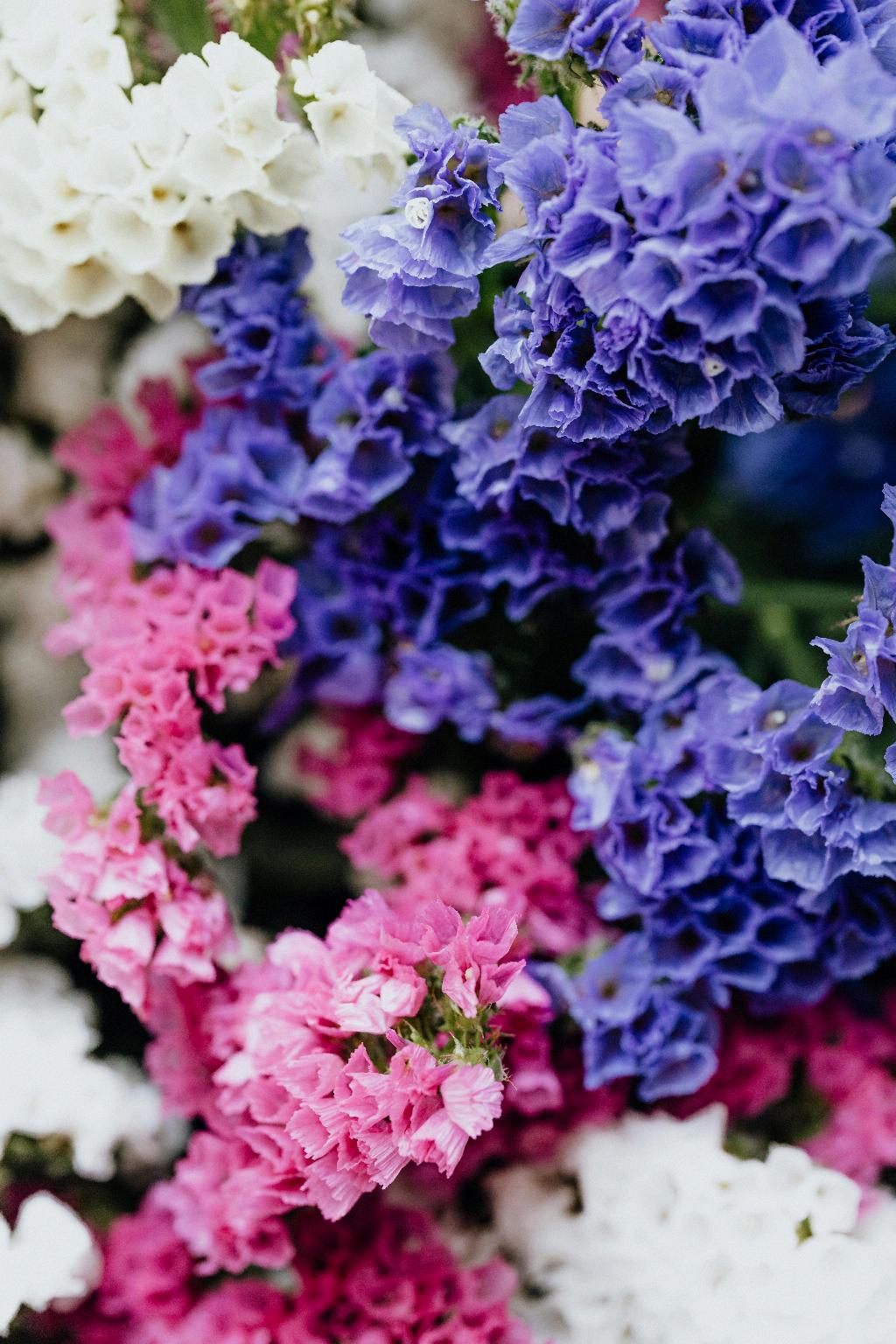Pruning is an essential task for maintaining the health and beauty of your climbing hydrangeas. While most hydrangea varieties are typically pruned in early spring, climbing hydrangeas follow a slightly different schedule. To ensure optimal growth and blooming, it is important to prune them at the right time.
Unlike other hydrangea types, climbing hydrangeas should be pruned immediately after flowering in the summer months. This timing is crucial for the plant’s overall health and blooming potential. By pruning right after flowering, you allow the plant to focus its energy on producing new growth and blossoms for the next season.
When the blooms of your climbing hydrangea start to fade, it is the perfect signal that it’s time to grab your pruning shears. Removing the faded flower heads not only tidies up the plant’s appearance but also encourages it to put energy into strengthening existing branches and developing new buds.
In addition to deadheading spent blooms, it is essential to assess the overall condition of the plant and address any dead or straggly stems. Trimming back these unhealthy parts not only improves the plant’s aesthetics but also promotes better air circulation and sunlight penetration, which are vital for the plant’s growth.
Stems that have grown out of bounds or in a wayward manner should also be pruned to contain the plant within its designated space. By shortening these rogue shoots, you can maintain the plant’s shape and prevent it from sprawling uncontrollably, ensuring a neat and tidy appearance in your garden.
Regular pruning of climbing hydrangeas is essential for promoting vigorous growth and abundant blooming. By removing old, weak, or damaged stems, you encourage the plant to channel its energy into producing new, healthy growth. This practice not only improves the plant’s appearance but also enhances its overall health and resilience.
Pruning climbing hydrangeas at the right time plays a significant role in ensuring a bountiful display of blooms the following year. By timing your pruning immediately after flowering, you give the plant adequate time to recover, grow, and set buds for the upcoming blooming season. This approach maximizes the plant’s blooming potential and ensures a spectacular floral show in your garden.
While it may seem daunting at first, pruning climbing hydrangeas is a simple task that can be easily mastered with a bit of practice. By following the correct timing and techniques, you can help your plant thrive and flourish, rewarding you with lush foliage and beautiful blooms season after season.
Remember, each pruning cut you make has the potential to shape the future growth and blooming of your climbing hydrangea. Take your time, observe the plant’s structure, and make deliberate cuts to encourage healthy growth and abundant flowering. Your efforts will be rewarded with a stunning and well-maintained climbing hydrangea in your garden.
In conclusion, pruning your climbing hydrangea immediately after flowering in the summer is the key to promoting optimal growth, blooming, and overall plant health. By following this simple yet crucial step, you can enjoy a thriving and picturesque hydrangea vine that enhances the beauty of your outdoor space and delights you with its magnificent blooms year after year.

